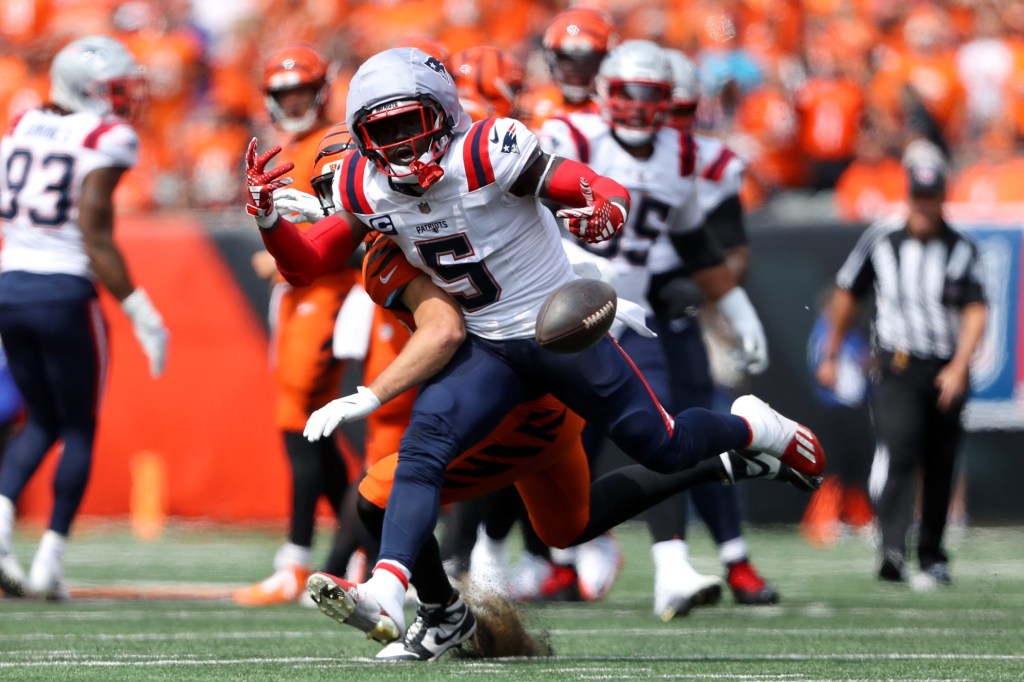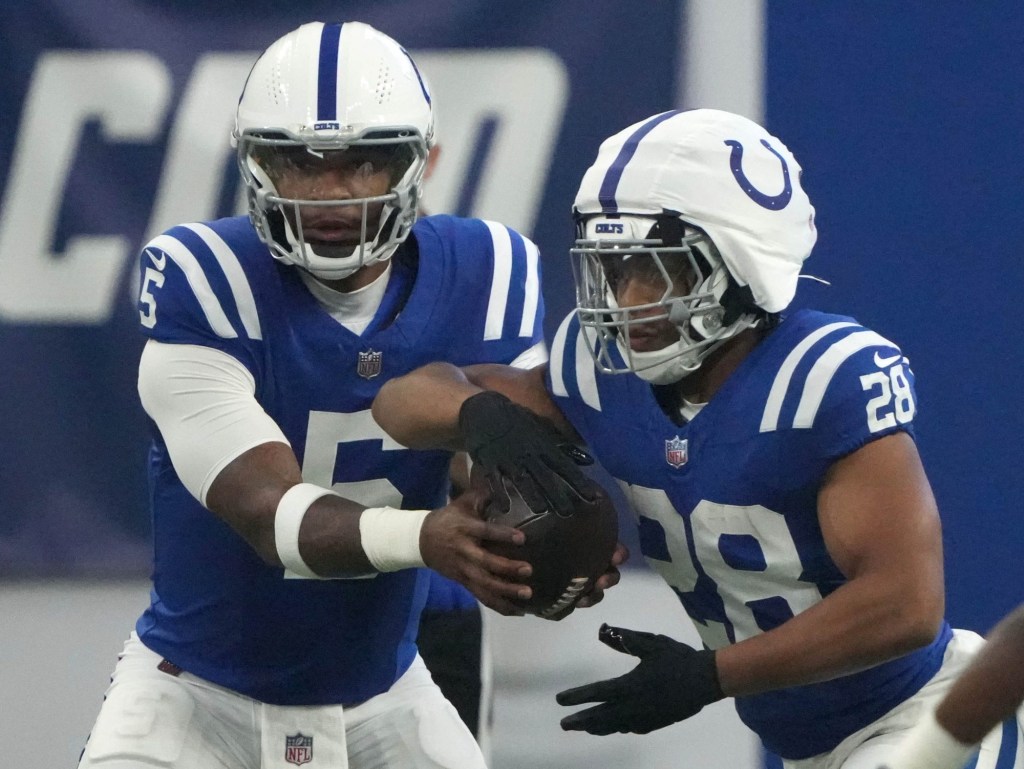The sports and entertainment world has evolved rapidly in recent years – and they’ve taken a multitude of supporting industries with them. New engagement platforms have changed the way brands and rights holders model sponsorships, driving an evolution of the tools used to manage and evaluate them.
Front Office Sports sat down with two representatives from KORE Software, Marc Roots, Chief Product Officer, and Scott Tilton, EVP of Brand Sponsorship Analytics and Co-Founder of HookIt, an AI-powered sponsorship analytics tool, recently acquired by KORE.
Hear about the current state of the sports and entertainment sponsorship industry, key trends in sponsorship models, and how the technology around these sponsorships is changing the game.
On the current trends in sports and entertainment sponsorship models (9:45)
Marc: “Partnerships are feeling and becoming a little bit more dynamic. Rather than this approach of a rights holder measuring and providing a partnership recap once or twice a year, you’ve started to see this shift of more of an on-demand partnership recap. You have something more centralized where both brands and rights holders are looking at a common set of metrics as often as a daily basis, more often on a week-to-week, month-to-month basis. As a result, you’re seeing things like assets getting swapped out, activation plans changing, different campaigns running, choosing different social channels that might be able to hit certain types of targets. So you’re seeing these partnerships become a lot more dynamic, changing on the fly and it’s really data driven.”
On how the technology has changed within the sports and entertainment sponsorship industry (25:15)
Scott: “There are two ways that we look at the technology. One is the tools and platforms that are available to foster these programs. This is obviously something we’re very focused on – how do we get brands and rights holders speaking the same language, and collaborating via a tool set and a platform that will help ensure that these goals and objectives are being met? On the other side of things, we have technology that has really further complicated the world of sponsorship. The change of fandom where fans are now consuming the majority of their content on social, they prefer direct engagement with the athletes, teams and leagues, and it’s a lot more short form content. So brands are having to adjust their content strategies, and work with their rights holder partners on how to execute campaigns. Then when you look at changes in content consumption and a lot of the technology that is driving that, you have AR, VR, the Metaverse, the adoption of cryptocurrencies – all enhancing the fan experience, and also creating new avenues for brand integration and sponsorship.”
On how brands and rights holders are responding to the extreme growth of sponsorship capabilities (36:15)
Marc: “I think the industry is really embracing this change, and really trying to push for it. I think you’re just seeing drastic differences in where people are in that life cycle. The ones that are reaping the rewards are the ones who have made the organizational decision to say, ‘We are going to be more transparent, we are going to be more data driven, we are going to be open to getting into that world.’ The technology is there to help that curve, but it really starts with the organizational decision and alignment that you can create with your partners, and the tech is there to support that.”
Scott: “I couldn’t agree more. The technology is there to be able to accomplish a lot of this. It’s definitely organizational decisions that need to be made to evolve the thinking and the thought process. It helps establish clear goals, clear objectives, getting KPIs so you can compare measure your partners apples to apples, and really start collaborating with your partners in a more effective way. Once all these elements are in place, it will make everything so much easier. The data sources may change over time because there will always be new platforms and new channels to engage fans, but it really starts with that framework and having that right mindset in place to be able to actually execute and pull it off.”















